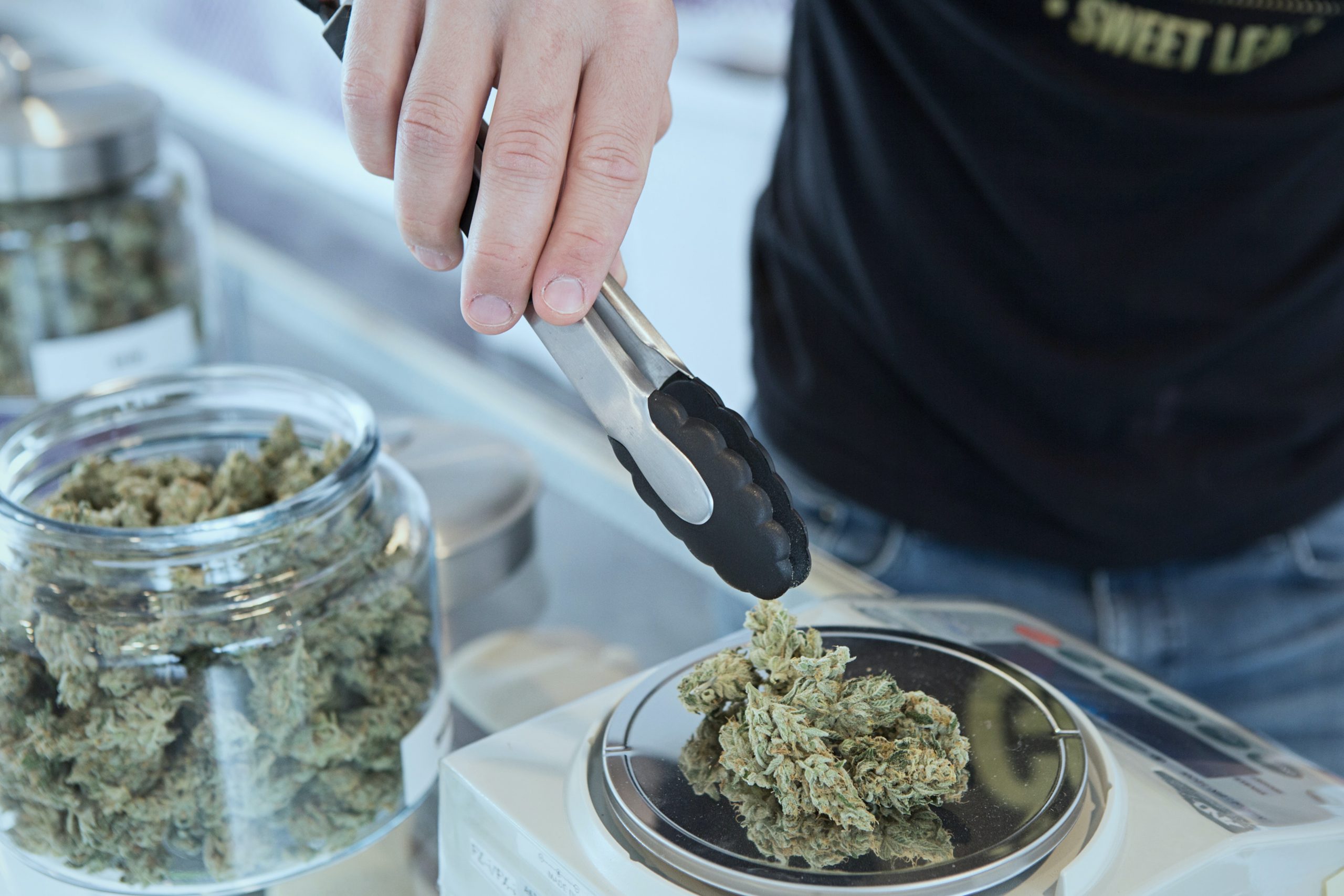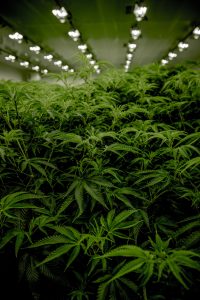
OG Kush, Birthday Cake, Girl Scout Cookies, AK 47, Mimosa?
There’s no science behind strain names, other than the requirement that they sound cool. While they’re fun to say, they don’t quite describe what you’re about to consume. Out of all the hundreds of strains out there, how the heck are you supposed to choose? Keep reading for a breakdown of the elements that makeup every strain’s magical properties.
First Thing’s First: Indica vs. Sativa vs. Hybrid
There are two main types of cannabis: indica and sativa. Hybrids are a mix of both.
Generally speaking, sativas are known to produce a more invigorating, creative high. They usually have a higher dose of THC than CBD. Indicas offer a more calm and relaxed full-body high with higher concentrations of CBD than THC.
Hybrids, however, are a bit more unpredictable. They can lean more indica or sativa dominant, and the effects are felt accordingly. Most strains are hybrids; growers breed new hybrid strains all the time to target certain effects. Hybrids typically have more THC than CBD, though every strain is unique according to Healthline.
But here’s the catch: contrary to popular belief, the terms indica and sativa refer to the physical structure of the plant – not the effects they produce. The effects are determined by a variety of other factors, including environment, terpenes and cannabinoids.
Environment
A cannabis plant’s environment informs the effects more than you might think. It’s like nature versus nurture. The seed has a genetic makeup, but it is during the cultivation process that certain traits come out. Things like soil, temperature, lighting, weather or indoor conditions and even the distance between the plant and its light source draw out different characteristics in every plant, according to Leafly.
Because the environment has such a big influence on a strain’s characteristics, one farmer’s batch of Skywalker OG may have slightly different effects than another farmer’s Skywalker OG.
Furthermore, consumers might even experience different effects from the same strain. For instance, users who are more sensitive to THC may find certain strains more potent than others. Other factors like the consumer’s environment and mental state can also influence their experience.
Cultivation methods have advanced considerably over the years, which is why there’s so many strains with new ones hitting the market all the time. So, a strain’s classification as indica or sativa is much less important than how it was raised.
Terpenes
Terpenes are aromatic compounds that produce fragrance in plants. Leafly reports that while research on the physical effects of terps in cannabis is still developing, it is generally believed that they affect the consumer’s mood and the type of high they experience. Scientists have identified hundreds of terps. Each is attributed to a unique aroma. We all know the weed smell is pretty universal, but every strain has slight aromatic differences that may help determine what effects will be felt. You can read more on the types of terpenes and their effects here.
Cannabinoids
There are lots of different cannabinoids, the two most significant being THC and CBD. THC is intoxicating, whereas CBD does not produce psychoactive effects. Instead, it offers stress and pain relief, according to Healthline.
More THC means a more intense high; more CBD means a less intense, more physically relaxed sensation.
Other notable cannabinoids include CBN, CBG and CBC. CBN occurs as a result of THC breakdown. If you leave your flower out for long, it will end up having a higher concentration of CBN. Researchers believe this cannabinoid is an anti-inflammatory and antibiotic, Leafly reported.
Cannabis has much lower concentrations of CBG than other cannabinoids. Studies show that CBG has potential anti-inflammatory and antibacterial qualities. This leads scientists to believe it could possibly be used to treat glaucoma, inflammatory bowel syndrome (IBS) and may even help fight cancer, according to Very Well Mind.
Researchers believe that CBC also has medicinal benefits, most notably pain reduction. According to one study in the journal Experimental Dermatology, research suggests it could be useful in topicals to alleviate pain and even reduce acne. It works well in combination with other cannabinoids such as CBD, as they boost each other’s properties (a symbiotic process known as the “entourage effect”).
So Here’s How to Choose
Trips to the dispensary can be overwhelming if you don’t have a game plan. Luckily, most legal states require their dispensaries to subject their product to lab testing that details the cannabinoid and terpene content in every strain. The information given by lab testing determines what makes up the specific profile of the strain you’re looking at.
Here’s how to pick a cannabis strain based on its specific profile:
— First, determine the strain’s cannabinoid content.
This is a great way to judge a strain’s potential effects. Look for more CBD if you want a temperate, more soothing high. On the contrary, look for THC if you want a stronger and more psychoactive high.
— Next, verify what terpenes it contains.
Recognizing the scent of different terpenes is one way to judge a strain’s potential effects. For example, strains that smell like citrus contain limonene, which helps relieve anxiety and stress. Strains that have a pine scent contain pinene, which may promote clarity and alertness. The most common terpene is myrcene, which produces an earthy, herbal scent. This terp offers calming and relaxing effects.
Understanding all that goes into the makeup of each strain will make you feel much more prepared when going into the dispensary. Though, it’s important to note that everyone will be affected differently depending on their own genetics, environment, history with cannabis use, etc. But knowing what is meant by terms like cannabinoids, terpenes, indica and sativa will help you make a more educated decision on what strain is right for you.




Hemp is BOSS
BECAUSE these are WORKER PROTECTIONS for C plague WITH NO MASKS
https://today.oregonstate.edu/news/oregon-state-research-shows-hemp-compounds-prevent-coronavirus-entering-human-cells
Hemp is BOSS